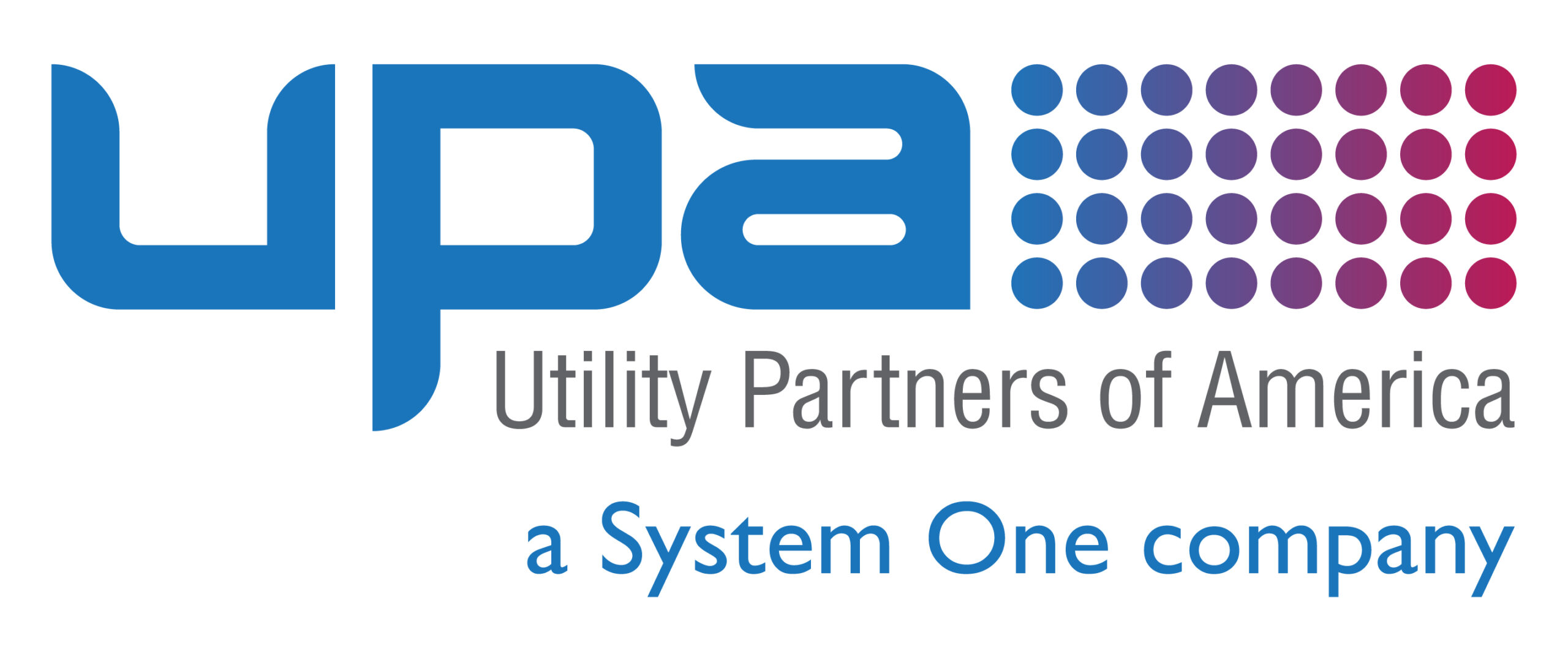There once was a time when utility customers had very simple requests. They wanted the company to deliver a service that was safe to use, reliable, and priced fairly. And while those requests remain in play, customers’ wish lists and demands have also grown considerably. For instance, modern-day customers are more environmentally conscious than ever before, and they expect utilities to follow suit. Today, there are even more choices that simply didn’t exist in years past. This forces utilities to be innovative and tactical to gain and retain customers among a crowding marketplace.
Customer retention strategies should be robust, wide-reaching plans that encompass a multitude of initiatives specific to the utility. However, there is one move a utility can make that should be part of everyone’s approach: a shift to digital. Here are five reasons why utilities need to upgrade old infrastructure and embrace a digital work environment.
1) What you put off today will impact tomorrow
There’s no denying that much of our country’s utility infrastructure is aging and in need of replacement. While it may be more convenient to simply repair rather than replace, that short-sighted strategy could be damaging in the long run. One example would be the transition to smart meters, an upgrade that certainly requires an upfront investment, but one that allows customers to feel more engaged in their consumption and trust of the utility.
Related: Basic Asset Management: Benefits of Preventive Maintenance
2) Going digital can improve processes
Continuing the conversation with smart meters, these connected devices don’t just benefit customers—they also benefit the utility and its processes. With outdated analog meters, utilities must dispatch employees to monitor and record consumption usage. Because these employees are human, they’re also subject to making mistakes, which can include over-or under-reporting the data. Additionally, smart meters can alert the utility of a service disruption faster and more accurately than having to rely on a customer report. That allows the utility to dispatch technicians and a fix to be made sooner, which means happier customers.
Blockchain is another digital innovation. It has been used with utilities across the world to improve and enhance operational procedures within power grids And the trading of commodities and payment systems.
Related: Smart Cities: Tomorrow’s Technology Today
3) You could be more profitable
With improved operations comes increased productivity and efficiency, two key conduits to profit. According to a 2016 study from McKinsey & Company citing real case studies, digital optimization can boost profitability by as much as 30%. The firm continued in its report, suggesting that smart meters and the smart grid, digital productivity tools for employees, and the automation of back-office processes were the areas holding the most promise in ramping up profitability.
4) It gives customers the control they crave
No customer wants to feel powerless, especially when it comes to their relationship with a utility. Fortunately, new digital work environments are making that less of an issue by supplying customers with added control. Utilities are now developing slick mobile apps that give customers real-time usage data fed by smart meters. Because customers have access to this data, they can then alter their consumption patterns accordingly. This can be beneficial in curtailing both waste and abnormally high bills. Apps also provide a safe and secure way for customers to pay their bills electronically. Also, this frees up the utility’s phone lines for calls that genuinely require human intervention.
Related: Smart Meters: Boon for Utilities and Their Customers
5) Keep up with trends and get ahead
The reality is that more and more companies are moving toward a digital work environment. Those who elect to proceed with existing infrastructure and processes will almost certainly be left behind. In a story on the topic of innovation and customer retention, Power Technology wrote, “An increasing number of utilities are new technologies and start-ups through venture capital initiatives and forging partnerships with technology firms to bring in innovative services such as behind-the-meter energy generation, community energy projects, and new home consumer options such as rooftop solar, coupled with battery storage.”
Whether it’s advanced metering, energy storage programs, or unique options like subscription-based pricing, savvy utilities have made it clear that the status quo is no longer good enough. If you’re a utility company looking for guidance in creating a similar transition to a digital work environment, Utility Partners of American can help. Contact us today to learn more.




